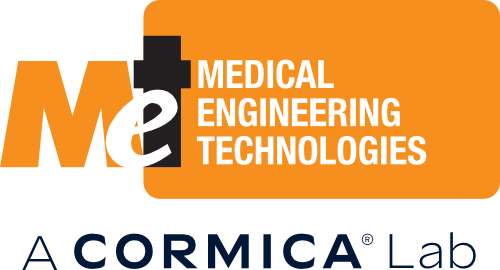Transdermal Drug Delivery Systems (patches) administer pharmaceutical agents through the skin or mucosal membrane. They can be used for a variety of ailments including treatment of angina or Alzheimer's or as pain killers. The patch lamination system (or device construction) will be designed to give stability on the skin and release the drug at a pre-determined rate.
When bringing a new design or formulation to market, Design Validation Testing is required to assess dose accuracy, mechanical performance, product safety, and toxicity. The physical performance testing requirements (for a patch) include adhesion, conformability, and ease of use. The primary attribute, however, is that the API (Active Pharmaceutical Ingredient) must be delivered safely and predictably.
Test programs provided by MET include product and dosage form stability, skin safety and adhesion tests, and drug availability. The physical tests associated with the patch can be found in EN 13726 (wound dressings), whilst the toxicity test regimes are found in ISO 10993 (biological safety). The drug availability to the skin can be assessed by using USP 5 (or similar) dissolution testing. It may be necessary to approach stability testing using two separate pathways. Accelerated ageing, according to ASTM F1980, is the normal precursor for testing medical devices, whilst the ICH pathway is more suited to a heat labile active compound. Following ageing, the availability and chemical integrity of the drug should be verified (along with the dissolution rate of the drug and the adhesive properties of the patch retainer). Sterility should also be verified if the patch is to be delivered sterile. The patch is effectively a pharmaceutical container during storage and service, hence extractables and leachables studies should also be considered.
Bioavailability is perhaps the hardest thing to assess. MET offers both in-vitro and in-vivo studies. In-vitro studies include standard dissolution tests, such as those given in USP <724>. This monograph describes a variety of methods which are applied to transdermal products (most notably method 5 - the paddle and method 6 - the rotating disc test). Similar tests are described in E.P. 2.9.4.
Testing of API transfer with ex-vivo membranes, porcine or human, poses some problems and questions but may be more relevant to assessing bioavailability from transdermal patches. Whilst the European Agency For Evaluation Of Medical Products (EMEA) Guidance on Development Pharmaceutics places emphasis on the compatibility of the components of the patch with the active substance, it also states that ‘The release characteristics of the active substance from the patch should be determined using appropriately designed diffusion cells, with a relevant and justified membrane barrier’.
Drug compatibility should be assessed by chemical analysis in extractable and leachable studies.
Finally, good advice on the requirements is given in the European Medicines Agency’s Quality Guideline: EMA/CHMP/QWP/608924/2014 - 23rd of October 2014.
Request MET’s design validation programme for transdermal patches below.

